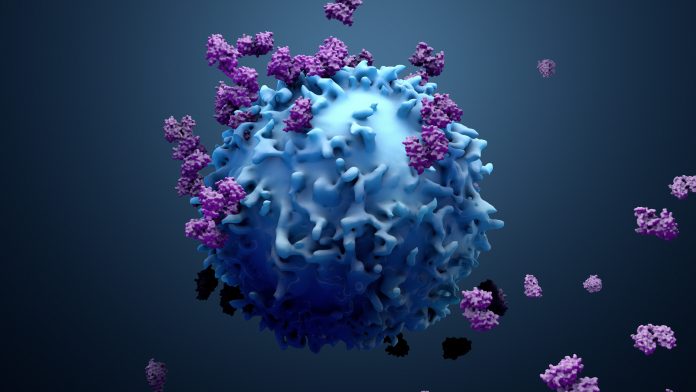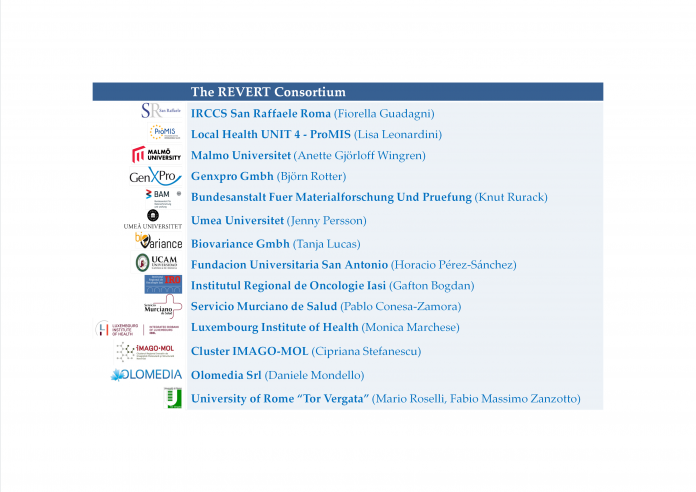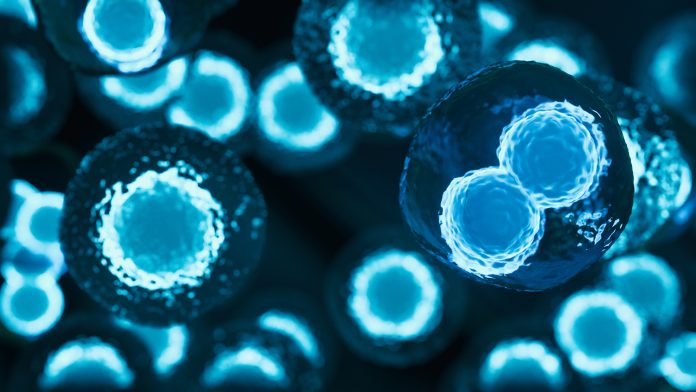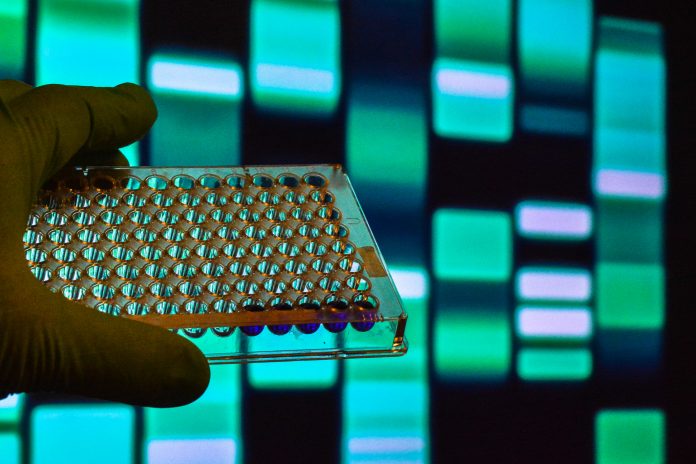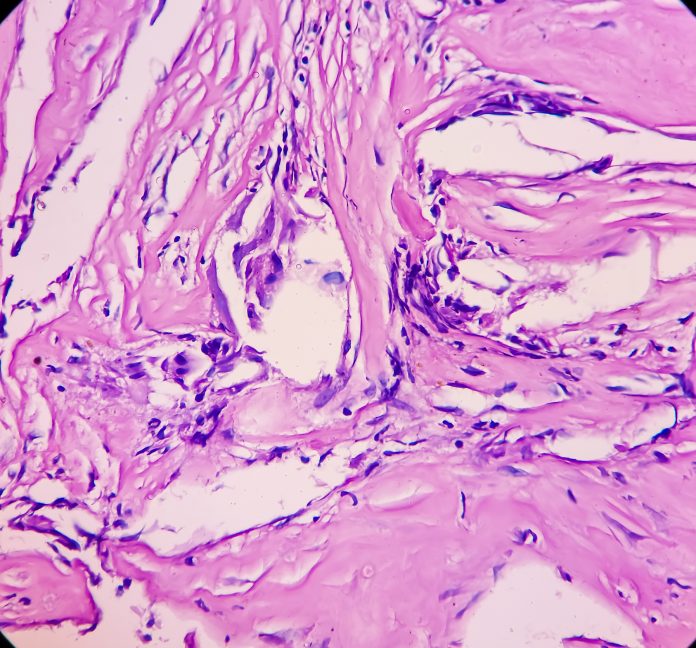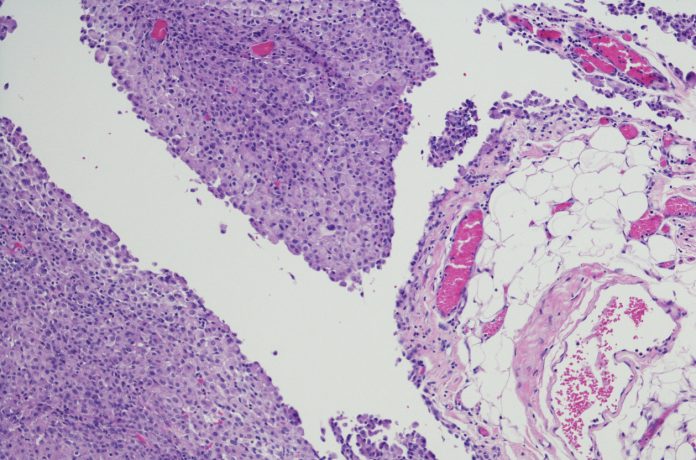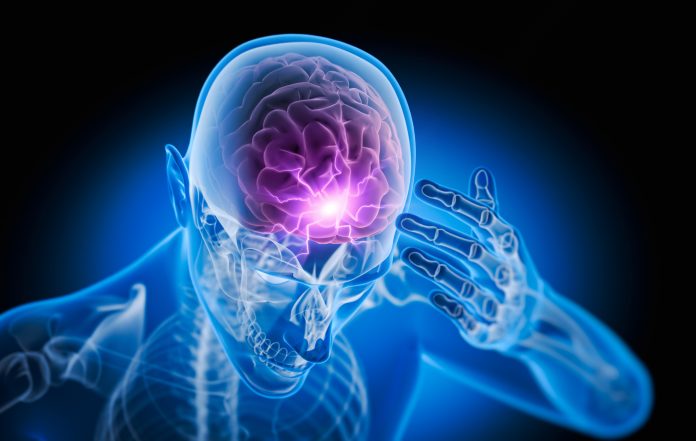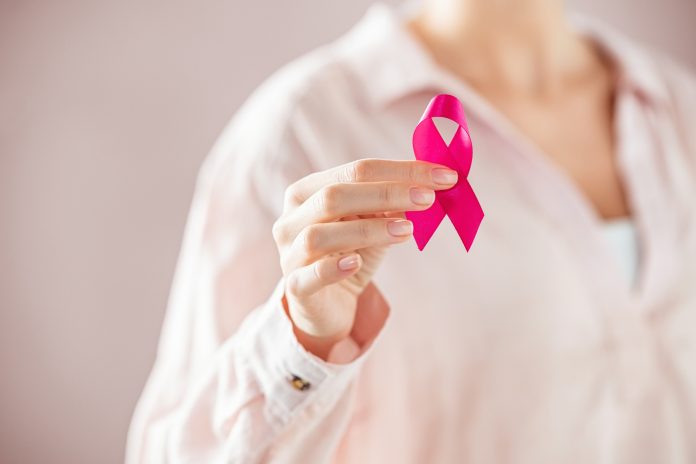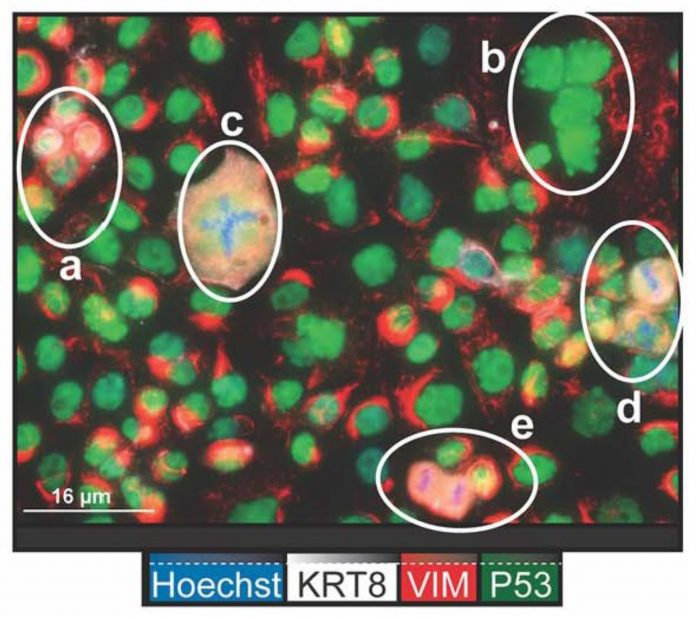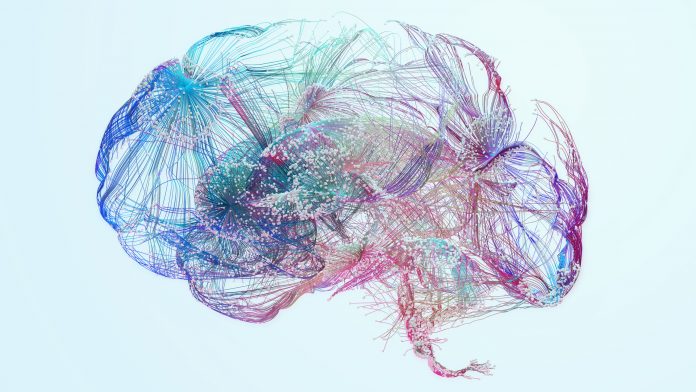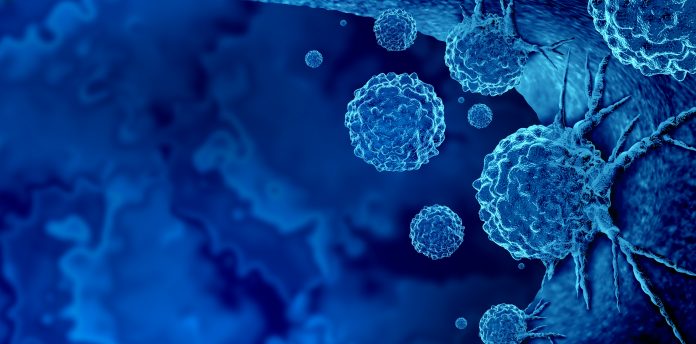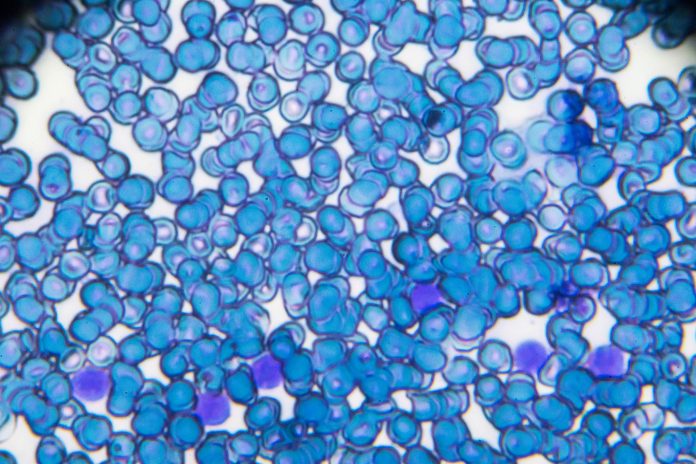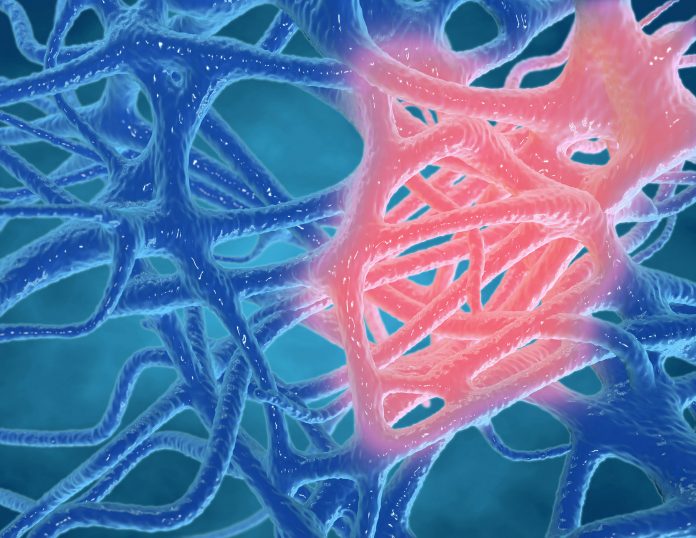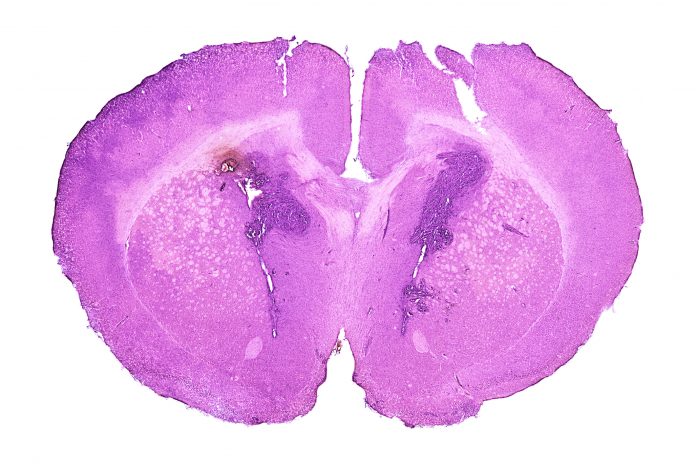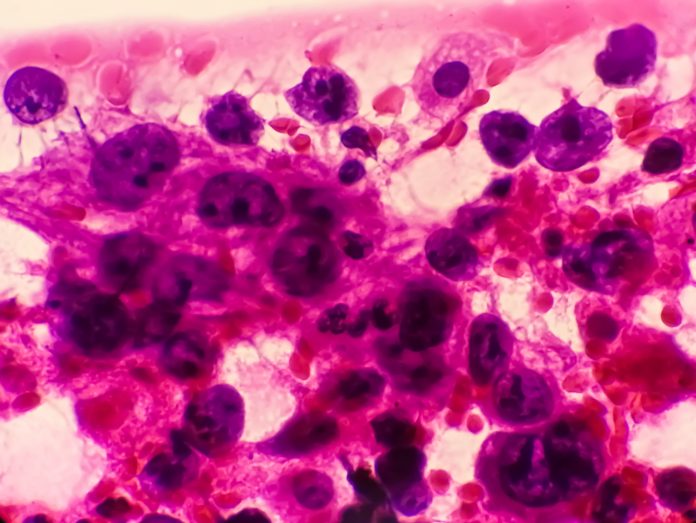Open Access Government produces compelling and informative news, publications, eBooks, and academic research articles for the public and private sector looking at health, diseases & conditions, workplace, research & innovation, digital transformation, government policy, environment, agriculture, energy, transport and more.
Home Search
chemotherapy - search results
If you're not happy with the results, please do another search
AI unlocks cancer treatment secrets
Using artificial intelligence, scientists have tackled one of the toughest challenges in cancer research.
The European Revert Project: Assisting clinicians in patient treatment
Starting in January 2020, the European REVERT project is now in its final phase. The project blends predictive medicine and AI to enable clinicians to quickly and adequately treat patients.
Secarna aims to expand the therapeutic toolbox against cancer
Current oncology treatments have significantly improved cancer survival rates, but more effective and safer therapeutics are needed.
Enhancing cancer care through genomic testing
Simon Holt, Honorary Professor at Swansea University, reflects on the key challenges within cancer care and the benefits of genomic testing in improving patient outcomes.
What could existing NHS tech do for patient experience and NHS pressures?
NHS trusts are exploring new opportunities to use infrastructure that they already own. The aim? To better engage with patients, alleviate their anxieties, and inform patients what is happening regarding their care, whilst at the same time reducing pressures on busy wards. Matt O’Donovan, Chief Executive at SPARK TSL, explains.
Current and future therapy for BRAF-mutant pediatric glioma
Professor Peter J. Houghton from the Greehey Children’s Cancer Research Institute discusses new approaches to pediatric cancer treatment specifically for BRAF-mutant pediatric glioma.
Mesothelioma: The unravelling of a perplexing puzzle
Dr Avinash Hari Narayanan (MBChB), Clinical Lead at London Medical Laboratory, explores the key challenges in mesothelioma prevention, diagnosis and treatment.
Understanding glioma-related epilepsy: Ongoing research and treatments
UK-based charity, Epilepsy Action, outlines how glioma-related epilepsy can heavily impact a person’s quality of life, drawing on the need for further research and treatment options.
RESCUER: Supporting new concepts for breast cancer subtypes treatment
RESCUER is an EU Horizon 2020 project, coordinated by the University of Oslo, Norway, that aims to predict treatment response and test new combinational therapies for complex breast cancer subtypes.
Controlling ovarian cancer: An introduction to detection and treatment
With current strategies proving inadequate, what needs to be done is to further the research into detecting, treating, and controlling ovarian cancer.
Innovative gene therapy approaches for brain tumour-related epilepsy
Professor Mark Cunningham and Dr Kate Connor from Trinity College Dublin discuss the burden of brain tumour-related epilepsy and why novel therapies are urgently needed to improve the quality of life for those affected.
Ultravision joins the fight against peritoneal cancer
Considering the high, unmet medical need associated with peritoneal metastases, Dr Dominic Griffiths, CEO of Alesi Surgical Ltd, outlines how the company’s innovative Ultravision technology could dramatically improve clinical outcomes for patients with the disease.
Remote monitoring technology for the NHS in the UK
Bryn Sage, CEO of Inhealthcare, provides a detailed and optimistic view of remote monitoring technology for the future of our health service.
Nutrition research for acute childhood leukaemia
Dr Zisis Kozlakidis explores the value of nutrition in acute childhood leukaemia diagnosis and treatment.
CB2R agonists in the clinics: A treasure chest for treating inflammatory diseases
Researchers give an update on clinical trials with CB2R agonists and their potential for the treatment of inflammatory diseases.
The next frontier in anti-cancer drugs
Dr Anthony J. Berdis, Case Comprehensive Cancer Center discusses the future of cancer treatments and anti-cancer drugs.
Heat sensor fire drones could be the latest firefighting technology
‘FireDrone’, a possible new firefighting technology, can go into burning buildings, scope out fires, and deliver real-time data on people inside.
Developing novel treatments for childhood solid cancers
With a particular focus on glioma, Dr Peter J Houghton from Greehey Children’s Cancer Research Institute outlines the barriers that have hindered the development of effective therapies for childhood solid cancers.
Photodynamic Therapy: Killing cancer gently with visible light
Photodynamic therapy, using visible light with lower energy, causes fewer side effects when treating cancer, find Drs. Mary Potasek, Evgueni Parilov, and Karl Beeson, Co-founders of Simphotek, Inc.
Cannabis for cancer: Improving sleep and pain tolerance
Could cannabis for cancer become a reality in patient wards? Researchers find the plant can improve sleep, pain, and brain clarity, easing 'chemo brain'.

